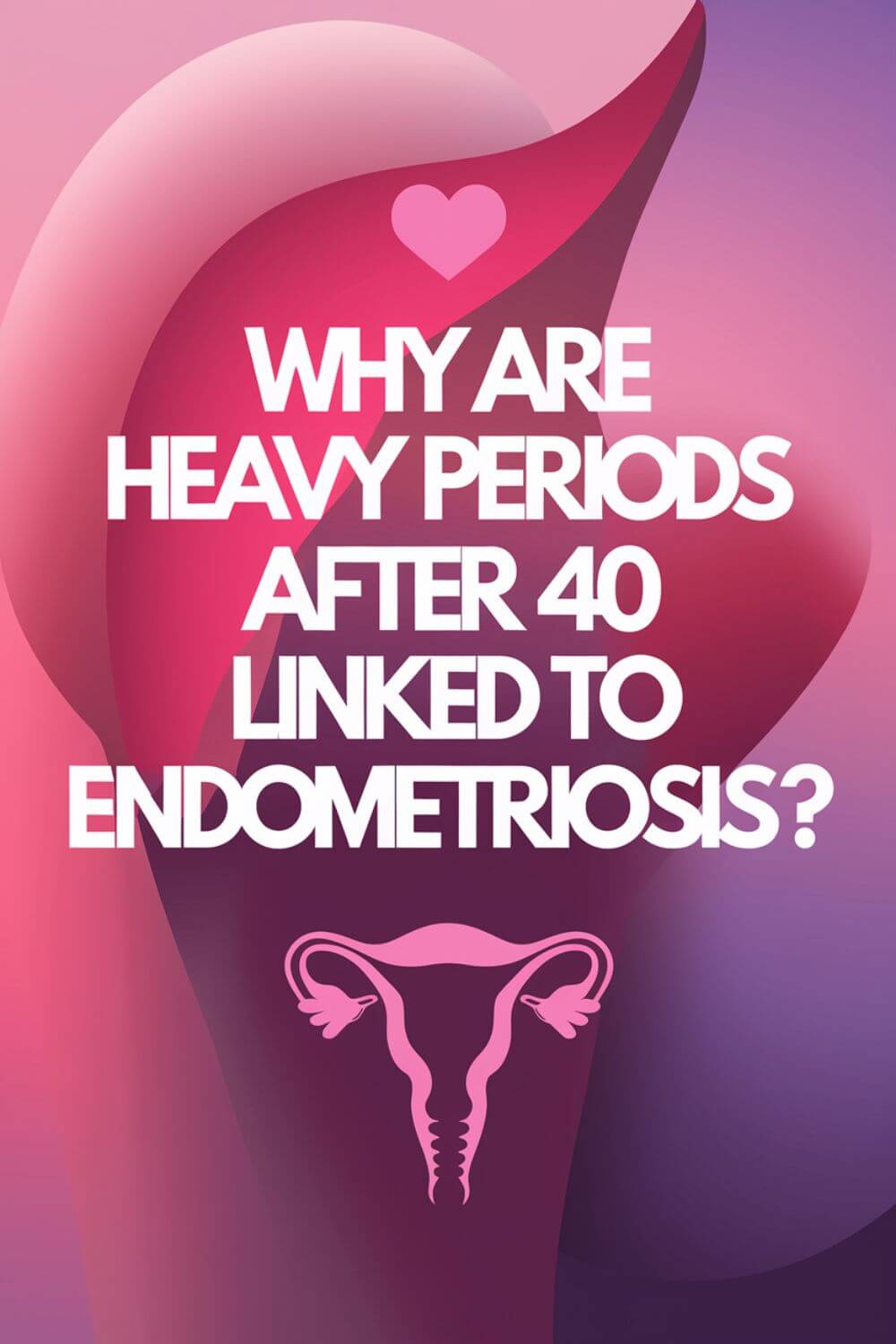Why Are Heavy Periods After 40 Linked to Endometriosis?
Have you noticed your period getting heavier and more unpredictable in your 40s? Why are heavy periods after 40 linked to endometriosis? These are important questions, and yes – this could be a sign of endometriosis, as this condition affects 2 to 10 percent of women between 25 and 40. But, the risk jumps up after 40, during perimenopause.
So, what’s the connection between heavy periods and endometriosis? And why is it so important to understand?
Endometriosis is a chronic condition where uterine lining tissue grows outside the uterus. It can grow on ovaries, fallopian tubes, bladder, or intestines. This tissue bleeds and thickens with hormonal changes, but can’t leave the body.
This leads to inflammation, scarring, and painful cysts and adhesions. The misplaced tissue causes heavy, painful periods, more so as women get closer to menopause.
Studies show that 30-40% of heavy periods after 40 might be due to endometriosis. Women over 40 with heavy bleeding have a 14% higher risk of endometriosis than younger women.
If you’re experiencing heavy, painful periods in your 40s, know about the endometriosis link. Talk to your healthcare provider about it. Understanding this connection can help manage symptoms and prevent complications.
- Understand Endometriosis – A Condition Beyond the Uterus
- Heavy Periods After 40: A Possible Warning Sign
- The Link Between Endometriosis and Heavy Menstrual Bleeding
- Diagnosing Endometriosis: A Multifaceted Approach
- heavy periods after 40: A Common Symptom of Endometriosis
- Managing Heavy Periods in the Perimenopause Years
- Endometriosis and Fertility Challenges
- Lifestyle Strategies for Coping with Heavy Periods
- When to Seek Medical Attention for Heavy Periods
- Ruling Out Other Causes of Abnormal Uterine Bleeding
- Surgical Options for Severe Endometriosis
- Navigating the Emotional Impact of Endometriosis
- Raising Awareness About Endometriosis and Heavy Periods After 40
- Ongoing Research and Treatment Advancements
- Source Links to Heavy Periods After 40 Linked to Endometriosis
Understand Endometriosis – A Condition Beyond the Uterus
What is endometriosis?
Endometriosis is a chronic condition where tissue similar to one like the uterus lining grows outside the uterus. This tissue can cause inflammation, scarring, and painful cysts, called endometriomas.
If you want to learn more about endometriosis, I wrote an “Endo-Tool, Endometriosis for Men” e-Book.
You can get the 1st Chapter of the e-Book for FREE, and if you like it, you’ll get a Whopping 33% Discount on the Whole Book, plus discounts on other helpful tools. You have nothing to lose but a lot to gain!
The first chapter alone contains all the comprehensive medical knowledge about endometriosis, including:
- What is endometriosis?
- What are the symptoms?
- What causes endometriosis?
- What does endometriosis look like?
- What are the stages?
- What are the types?
- What is adenomyosis and how is it related to endometriosis?
- Why do some women develop severe endo and others don’t?
- Does endometriosis cause infertility?
- How is endometriosis diagnosed?
- Do types and stages affect the treatment?
- Recurrence of endometriosis after excision surgery.
FREE Chapter of “Endo-Tool”
Endometriosis e-Book for Men
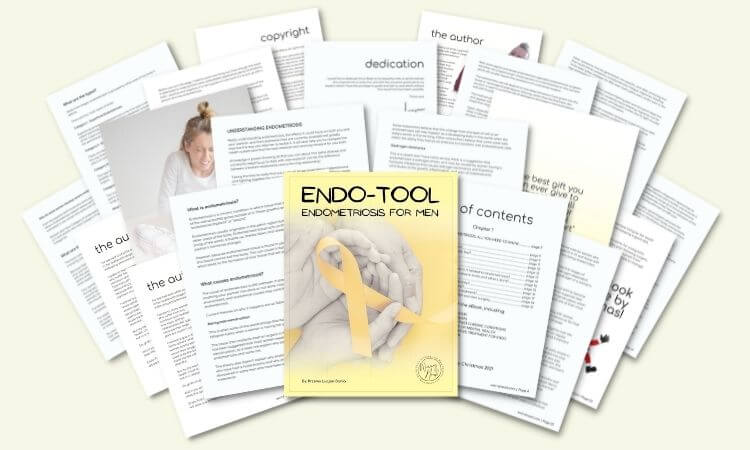
Symptoms and risk factors of endometriosis
The main symptoms of endometriosis include painful periods and heavy bleeding. Women may also feel pain during sex and struggle with infertility. Some may face digestive problems like bloating or diarrhea.
Having a family history of endometriosis increases your risk. Early menstruation, short cycles, and heavy periods also play a part. Research shows endometriosis affects 3% to 10% of women of childbearing age. It can lead to complications like adhesions and ovarian cysts, affecting fertility.
Endometriosis is a chronic condition, but symptoms often lessen after menopause. Family history and genetics are key in its development. Early diagnosis and tailored treatments are vital.
| Endometriosis Statistics | Percentage |
|---|---|
| Women of reproductive age affected | 3% to 10% |
| Infertile women affected | 25% to 50% |
| Women with pelvic pain affected | 40% to 80% |
Heavy Periods After 40: A Possible Warning Sign
Women in their 40s often notice changes in their menstrual cycles. Heavy periods, a common sign of perimenopause, might signal a health issue like endometriosis.
Perimenopause brings hormonal shifts, leading to irregular periods. About 10 out of 100 women experience heavy bleeding, losing over 80 milliliters (2.7 ounces) each cycle.
Heavy bleeding can stem from many causes, including hormonal imbalances and medical conditions. If you’re in your 40s and have heavy periods or heavy menstrual bleeding during perimenopause, it’s time to see a doctor. It could be a sign of something serious like endometriosis or even cancer.
If you’re dealing with heavy periods after 40, don’t wait to talk to your doctor. They’ll run tests like blood work and imaging to find the cause. Early treatment can help manage symptoms and prevent bigger health problems.
The Link Between Endometriosis and Heavy Menstrual Bleeding
Endometriosis is a chronic condition that can cause heavy menstrual bleeding. It happens when endometrial tissue grows outside the uterus. This tissue builds up and sheds, leading to heavy, painful bleeding.
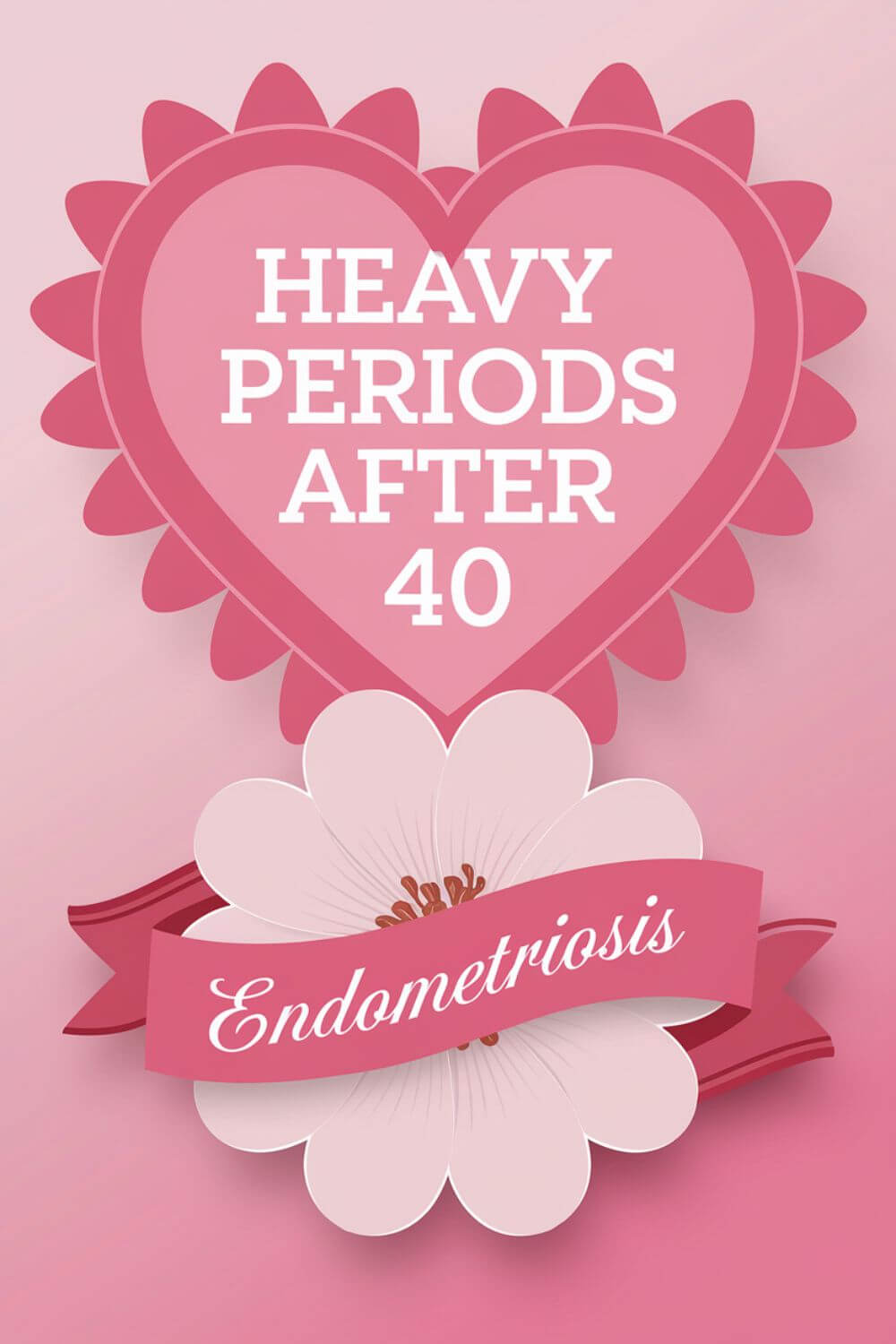
How Endometriosis Causes Heavy Periods
Endometriosis causes inflammation and scarring. This disrupts the normal shedding of the uterine lining. As a result, women may experience heavier, more irregular periods.
A study in 2011 showed endometriosis affects quality of life and work. The World Endometriosis Society also classified endometriosis in 2017. This helps us understand the condition better.
Researchers have looked into how endometriosis starts. They’ve studied inflammation, leukocytes, and menstruation. They’ve also found out about the role of stem cells and certain proteins in endometriosis.
Understanding the connection between endometriosis and heavy periods helps doctors better manage the condition. This improves the lives of those affected.
| Statistic | Relevance |
|---|---|
| A study published in 2018 on endometriosis highlighted the disease in a primer. | This provides a detailed look at endometriosis, helping us understand it better. |
| Real-world data on menstrual cycle characteristics of over 600,000 menstrual cycles were analyzed in 2019. | This big study gives us insights into normal menstrual cycles. It helps us spot problems linked to endometriosis. |
| Various studies have focused on understanding the pathogenesis of endometriosis. | More research into endometriosis can help us find better ways to diagnose and treat it. |
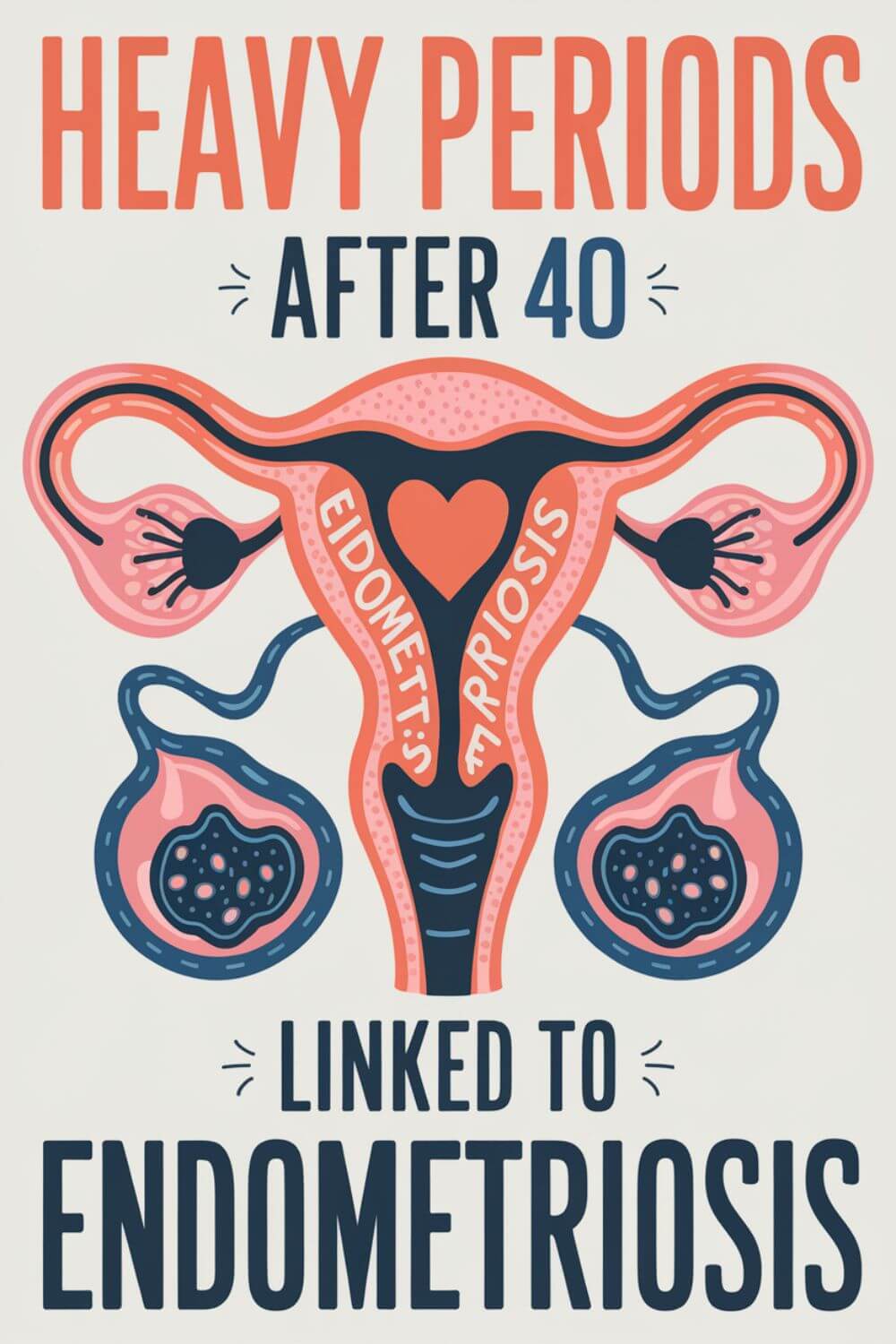
Diagnosing Endometriosis: A Multifaceted Approach
Endometriosis is a complex condition that can be hard to diagnose. There’s no single test that can say for sure if you have it. Doctors use a mix of tools to check if you might have endometriosis.
Laparoscopy: The Gold Standard for Diagnosis
Other tests like pelvic exams and imaging scans can give clues. But the best way to diagnose endometriosis is through a laparoscopy. This is a surgery where your doctor makes small cuts in your belly and looks at your pelvic organs with a tiny camera.
This surgery is the most accurate way to see if you have endometriosis. Your doctor can look at the affected areas and take tissue samples. This helps them create a treatment plan just for you.
The table below shows how different tools work to identify endometriosis. Laparoscopy is the top choice, but new methods like machine learning and self-report models are also helping.
| Diagnostic Tool | Sensitivity | Specificity |
|---|---|---|
| Laparoscopy | 90.1% | 40.0% |
| Symptoms (pain, infertility) | 20.37% | 97.87% |
| Machine Learning Algorithms | 0.82 – 1.0 | 0.82 – 1.0 |
| Self-report Symptom Models | 75% | 69% |
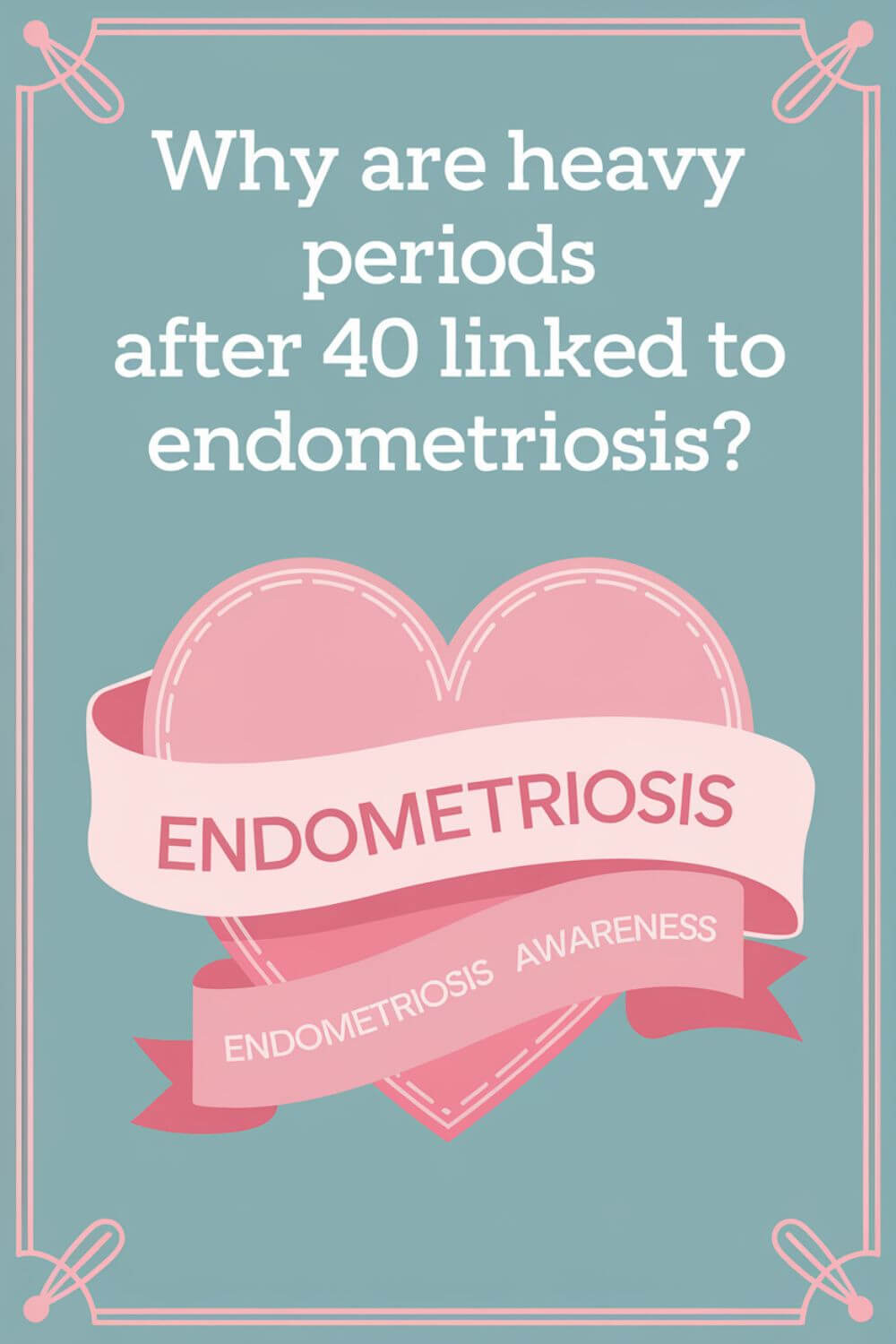
heavy periods after 40: A Common Symptom of Endometriosis
Women over 40 may notice changes in their menstrual cycles. They might have heavier and more irregular bleeding. This is a big worry for those with endometriosis, a condition where the uterine lining grows outside the uterus.
The Centers for Disease Control and Prevention (CDC) says heavy periods are a top health issue for women. They define heavy menstrual bleeding as lasting over 7 days. It also means needing to change pads or tampons every 2 hours or less, or having clots the size of quarters or larger.
Women with endometriosis may see their bleeding get worse during the perimenopause years. Heavy periods after age 40 may be a strong indicator that endometriosis is the underlying cause.
If you’re having heavy periods after 40, talk to your healthcare provider. They can find out why and help manage your symptoms. This might include treating endometriosis-related concerns.
| Condition | Symptoms |
|---|---|
| Endometriosis |
|
| Perimenopause |
|
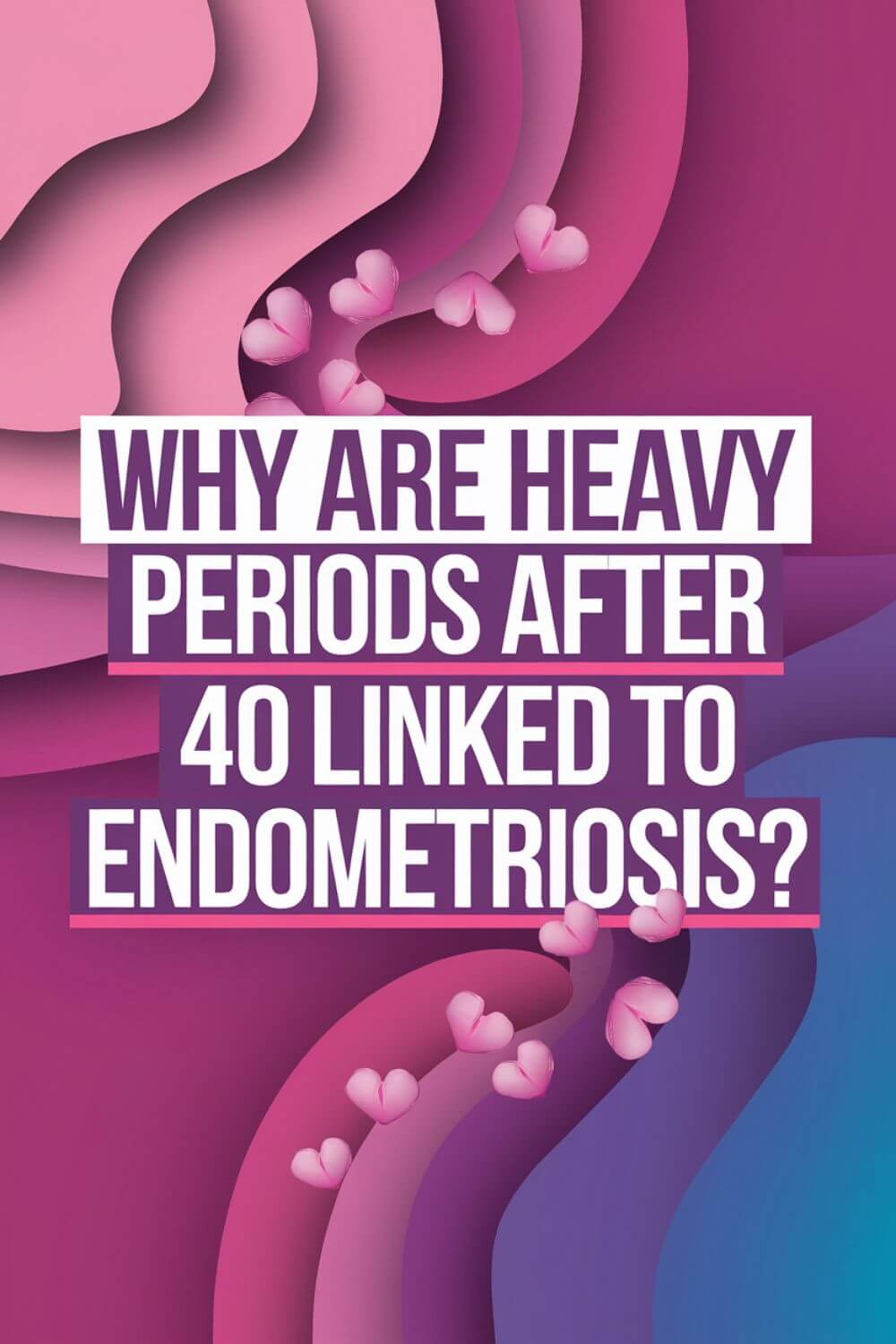
Managing Heavy Periods in the Perimenopause Years
Women going through perimenopause may see changes in their menstrual cycle. These changes can include heavier and longer periods. Luckily, there are treatments to help manage heavy periods during perimenopause.
Hormonal Treatments for Heavy Bleeding
Hormonal therapies are a common and effective way to handle heavy periods after 40. Oral contraceptives, progestin-only pills, and GnRH agonists can help. They work by controlling hormone levels that cause too much bleeding.
Non-hormonal options like tranexamic acid and ibuprofen also help with heavy bleeding during perimenopause. These drugs target the causes of heavy bleeding without hormones.
Choosing the right treatment depends on many factors. It’s key to talk to a healthcare provider. They can help find a balance between managing symptoms and considering side effects and long-term effects.
Dealing with heavy periods in perimenopause can be tough. But, the right treatment can help women feel better. By looking at hormonal and non-hormonal options, women can work with their healthcare team. Together, they can create a plan that meets each person’s needs.
Endometriosis and Fertility Challenges
Endometriosis is a common cause of female infertility, affecting about 6.5 million women in the U.S. It happens when endometrial tissue grows outside the uterus. This can stop eggs from being released, block the egg’s path, or damage it before it implants.
It’s estimated that one in two women with infertility have endometriosis. This makes it a big problem for those trying to get pregnant. But, many women with endometriosis can get pregnant with the right treatments.
Some key facts about the link between endometriosis and fertility:
- Endometriosis is most common in women between the ages of 25 and 40, though it can also occur in teenagers.
- There is no known way to currently prevent endometriosis.
- Hormonal birth control pills or shots can help reduce or eliminate pain associated with endometriosis, but may not improve fertility.
- Gonadotropin-releasing hormone (GnRH) medications can cause temporary menopause but can help control the growth of endometriosis.
- Surgery to remove endometriosis patches is usually used for severe symptoms or fertility issues.
The exact link between endometriosis and infertility is not fully understood. But research shows it can affect fertility in several ways. Studies have found issues with natural killer activity, sperm motility, and genetic factors in those with endometriosis.
While endometriosis-related infertility is a big challenge, there’s hope. Advances in reproductive medicine and ongoing research offer new options for those affected by this condition.
| Year | Key Findings |
|---|---|
| 1991 | Women with endometriosis show a defect in natural killer activity, resulting in decreased cytotoxicity to autologous endometrium. |
| 2003 | Women with unexplained infertility take longer to achieve natural conception compared to infertile women with minor endometriosis. |
| 2010 | The Hoxa10/HOXA10 gene could play a role in the etiology of endometriosis and related infertility. |
| 1996 | Peritoneal fluid from women with moderate or severe endometriosis inhibits sperm motility, potentially impacting fertility. |
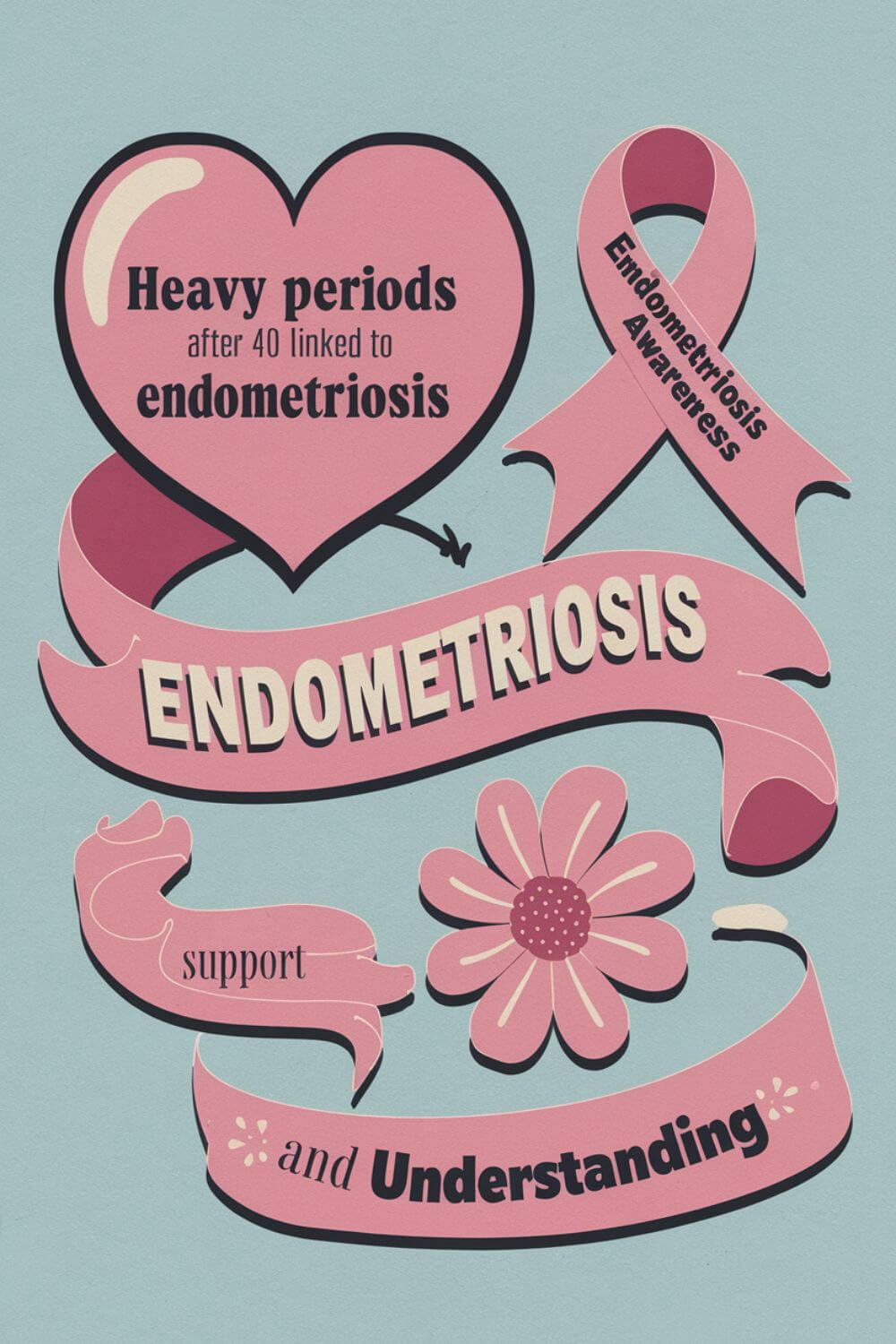
Lifestyle Strategies for Coping with Heavy Periods
Managing heavy, painful periods doesn’t just depend on medicine. Lifestyle changes can also help a lot. You can try different diets, exercises, and ways to handle stress. Here are some tips to help you cope better:
Dietary Considerations for Heavy Periods
Eating a healthy, anti-inflammatory diet can help with heavy bleeding from endometriosis. Add more fruits, vegetables, and omega-3 foods to your meals. These foods are full of nutrients and can reduce inflammation and ease cramps.
Exercise and Heavy Periods
Doing regular exercise, like walking, swimming, or yoga, can also help. Physical activity can lessen cramps, bloating, and other symptoms of endometriosis.
Stress Management Techniques
Dealing with unpredictable bleeding can be emotionally tough. Stress management, like meditation or deep breathing, can help. Keeping a menstrual diary and using good period products can also help manage physical challenges.
By using a mix of lifestyle changes, people with endometriosis can better manage their symptoms. This can improve their overall life quality.
When to Seek Medical Attention for Heavy Periods
If you’re dealing with heavy, painful, or irregular periods, it’s time to see a doctor. This is even more important after age 40. Look out for signs like needing to change pads or tampons every hour or two, passing big blood clots, or bleeding between periods. Excessive menstrual bleeding can cause anemia and mess up your daily life. So, talk to your doctor about any period worries.
Heavy or irregular periods might mean there’s something wrong. Hormone issues, growths in the uterus, infections, or pregnancy problems could be the cause. If your bleeding is so bad it affects your daily life, you need to see a doctor.
Your doctor can help figure out what’s going on and treat it. Getting help for heavy periods early can stop bigger problems and help you feel better. Don’t delay – book a doctor’s visit if your period changes are concerning.
Ruling Out Other Causes of Abnormal Uterine Bleeding
Endometriosis is a common cause of heavy, painful periods, often seen in women over 40. But, there are other conditions that can also lead to abnormal uterine bleeding (AUB). Your healthcare provider will look into several possibilities before confirming endometriosis.
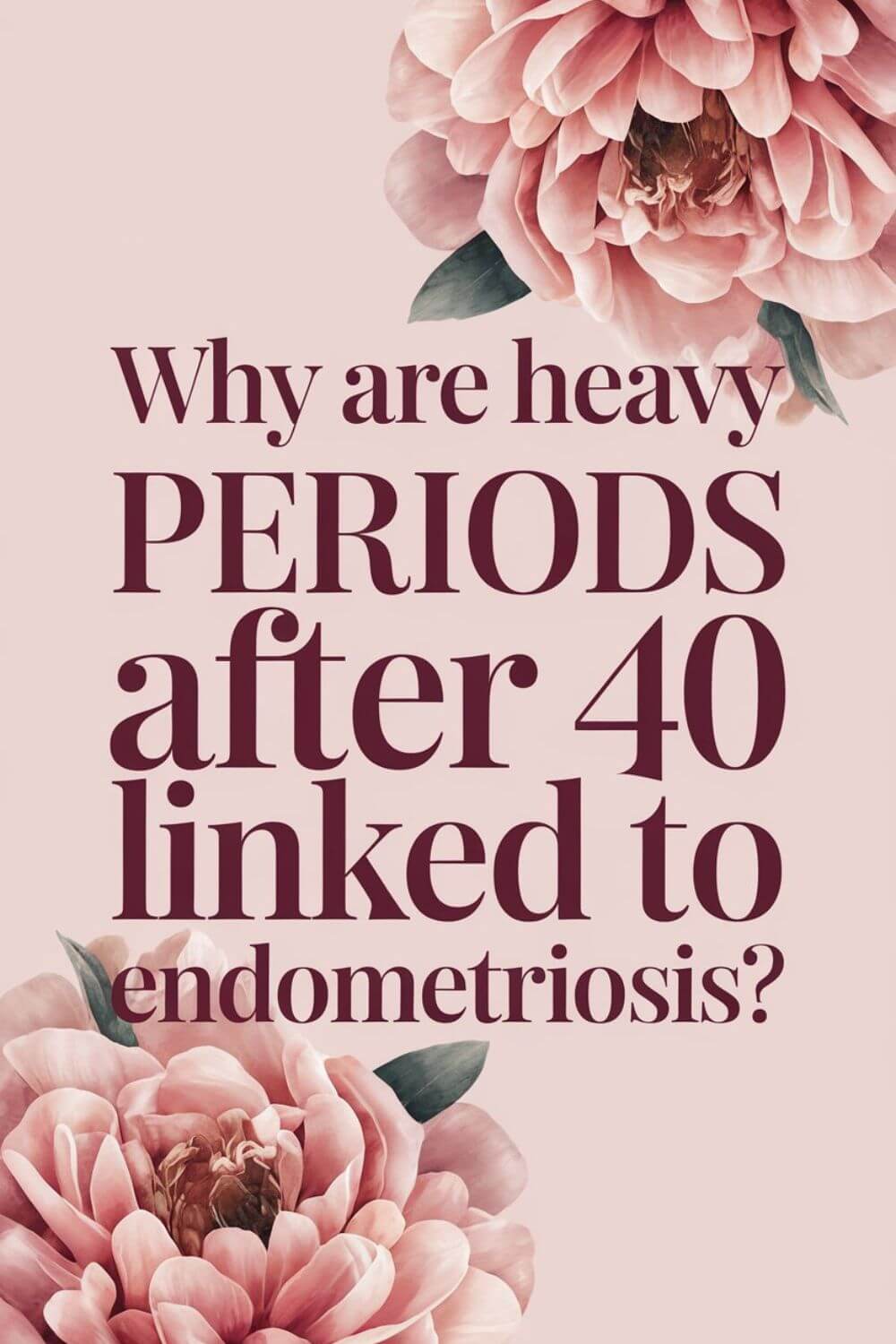
Identifying Other Possible Causes
Some conditions that can cause heavy periods or abnormal uterine bleeding include:
- Uterine fibroids – Noncancerous growths in the uterus that can cause heavy, painful periods
- Endometrial polyps – Overgrowths of the uterine lining that may trigger irregular bleeding
- Pelvic inflammatory disease – An infection of the female reproductive organs that can contribute to abnormal bleeding
- Sexually transmitted infections – Certain STIs may cause AUB
- Polycystic ovarian syndrome (PCOS) – A hormonal imbalance that can disrupt the menstrual cycle
Your doctor may order tests like transvaginal ultrasounds, endometrial biopsies, or blood work. These tests help check for other causes of heavy periods.
By thoroughly checking for the cause of your AUB, your healthcare provider can create a treatment plan. This plan aims to address the underlying issue and ease your symptoms.
Surgical Options for Severe Endometriosis
Women with severe endometriosis might need surgery if meds and lifestyle changes don’t work. A laparoscopy is often used. It’s a small cut in the belly to find and remove endometrial tissue. This can ease pain and help with fertility.
For some, a hysterectomy might be an option. But it’s usually a last choice. Studies show that after endometrial resection, 89 out of 100 women see lighter periods. All women who had a hysterectomy stopped having periods.
But, surgery has risks too. Women who had a hysterectomy faced more complications like infections. This was true for 32 out of 100 women, compared to 6 out of 100 with womb lining removal.
Also, 20 out of 100 women needed more surgery within two years after womb lining removal. This shows a risk of needing more surgery. So, it’s key to talk about the pros and cons with your doctor before surgery.
Choosing surgery for endometriosis depends on many things. It’s about your symptoms, how bad the disease is, and your health. With the right plan and support, many women find relief and better lives.
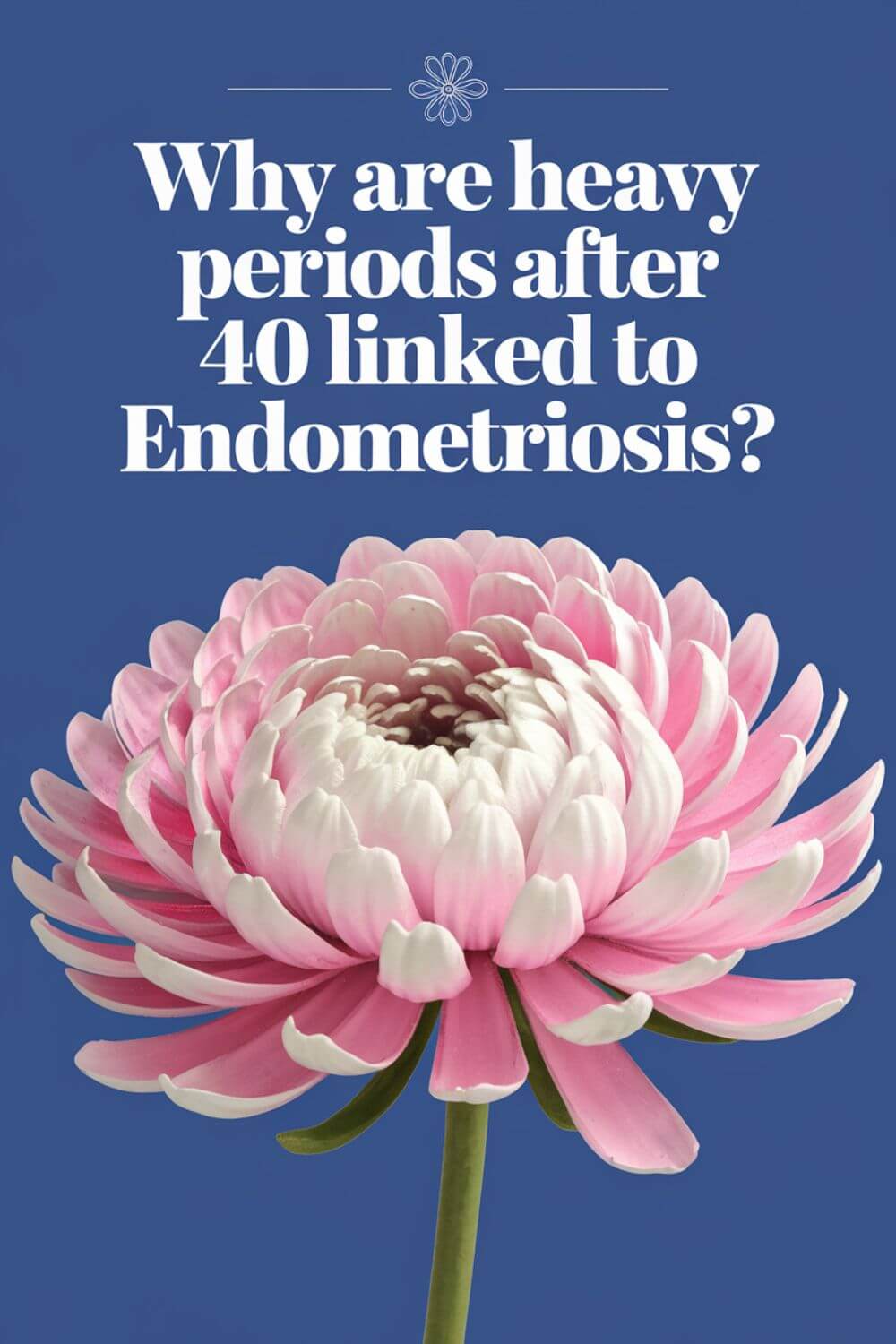
Navigating the Emotional Impact of Endometriosis
Living with endometriosis can really affect your emotional and mental health. This condition is chronic and can be very hard to deal with. It affects 2-17% of women of childbearing age.
The pain, infertility, and daily life disruptions can make you feel sad, anxious, and lonely. The emotional toll of endometriosis is huge.
Studies show that endometriosis can greatly impact a woman’s life. It can affect her physical activity and work. In a study, 75% of women with severe pain reported heavy bleeding, adding to the emotional burden.
Coping with the Emotional Challenges of Endometriosis
Women with endometriosis need support and ways to cope with the emotional effects. Here are some helpful strategies:
- Join online communities or support groups to connect with others who understand the challenges of living with endometriosis.
- Practice stress management techniques such as meditation, deep breathing, or journaling to help manage anxiety and depression.
- Engage in regular exercise, which can help alleviate symptoms and improve overall mental well-being.
- Seek counseling or therapy to address the emotional and psychological impacts of endometriosis.
- Maintain open communication with loved ones to foster understanding and support.
Remember, you’re not alone in your journey with endometriosis. By finding the right support, you can manage the emotional challenges. Your emotional well-being is just as important as managing the physical symptoms of this.
| Emotional Impact of Endometriosis | Coping Strategies |
|---|---|
|
|
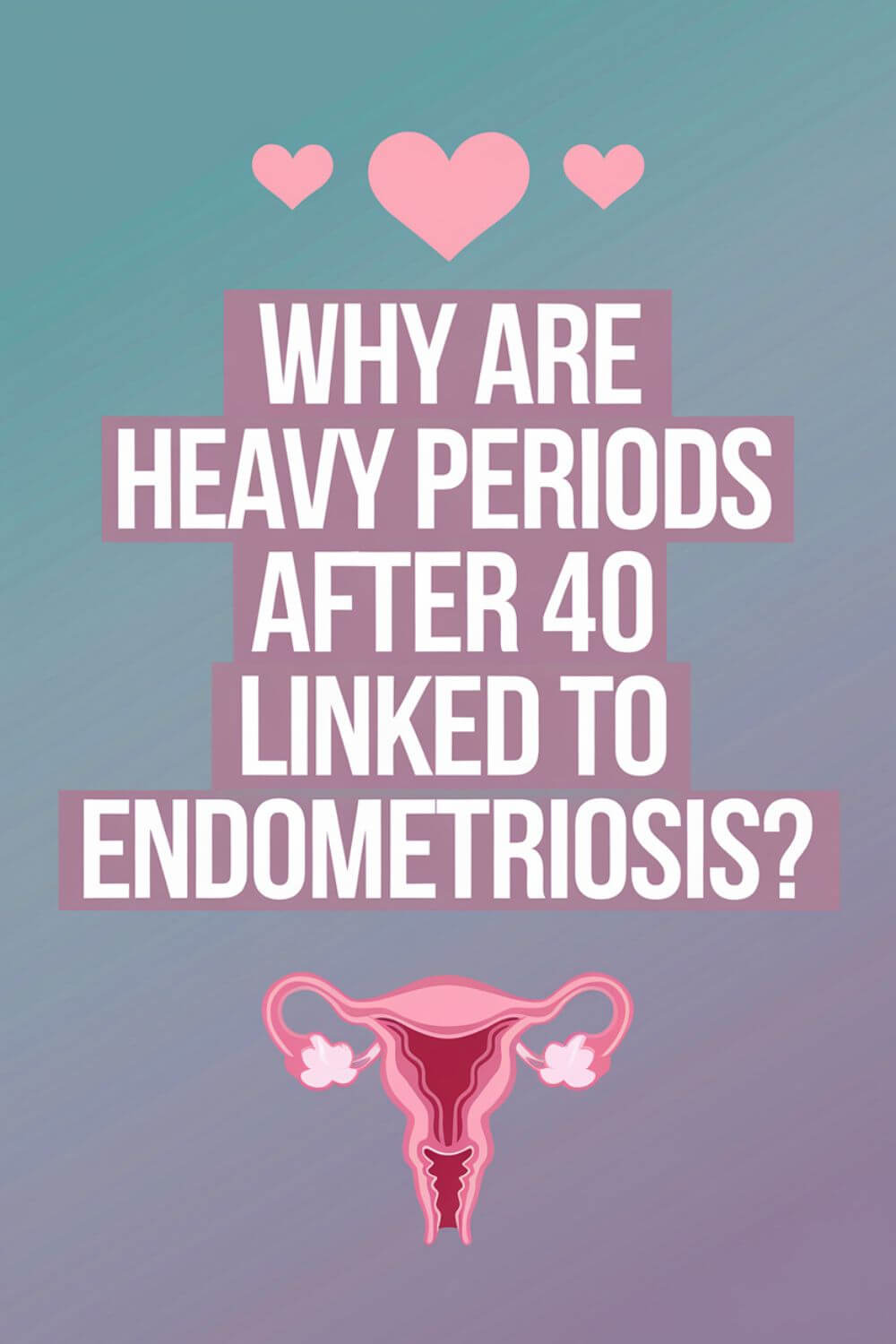
Raising Awareness About Endometriosis and Heavy Periods After 40
Endometriosis is a common condition, but it’s often misunderstood. This is true, even more so when it affects women over 40. It’s important to talk about the symptoms, causes, and treatments for endometriosis-related heavy bleeding. This can help women take charge of their health and get the care they need.
In the UK, one in five women experience heavy periods before menopause. About 13 million women are either going through or have gone through menopause. But, talking about menstrual health is often seen as taboo for older women. This makes it hard to find solutions for heavy periods.
Sharing our stories and educating others can help change this. Nearly a third of women experiencing menopausal and perimenopausal symptoms had taken sick leave as a result in a 2019 survey, most feeling unable to tell their manager the real reason. This shows we need more understanding and support at work.
Endometriosis affects 2 to 10 percent of American women aged 25 to 40. Up to 10% of women aged 15 to 44 are also affected. By raising endometriosis awareness and educating about endometriosis heavy periods, we can help women get the right medical care. This can greatly improve their quality of life.
By highlighting this often-overlooked condition, we can empower women. We can make talking about menstrual issues less stigmatized. And we can ensure all women, no matter their age, get the care and support they need for their heavy periods and endometriosis symptoms.
Ongoing Research and Treatment Advancements
Even though there’s no permanent cure for endometriosis yet, the field is always changing. Researchers are working hard to understand this complex condition better. They’re looking into new surgical methods and medicines that could help with heavy periods and other symptoms.
Thanks to more funding and awareness, the future of endometriosis research looks bright. Scientists are digging deeper into what causes endometriosis and how to manage it better. They’re studying how endometriosis affects heavy menstrual bleeding and finding new treatments.
As we learn more about endometriosis, patients can expect better care. Doctors are working on improving diagnosis, surgery, and medicines. This means a better life for those with endometriosis. Every new discovery brings hope for managing heavy periods and other symptoms.


About Me
Hi, I’m Lucjan! The reason why I decided to create this blog was my beautiful wife, who experienced a lot of pain in life, but also the lack of information about endometriosis and fibromyalgia for men…
Source Links to Heavy Periods After 40 Linked to Endometriosis
- https://www.thewomens.org.au/health-information/periods/heavy-periods/what-causes-heavy-periods
- https://www.acog.org/womens-health/faqs/perimenopausal-bleeding-and-bleeding-after-menopause
- https://www.ncbi.nlm.nih.gov/pmc/articles/PMC9140476/
- https://www.webmd.com/women/endometriosis/understanding-endometriosis-basics
- https://www.nhsinform.scot/healthy-living/womens-health/girls-and-young-women-puberty-to-around-25/periods-and-menstrual-health/endometriosis/
- https://www.womenshealth.gov/a-z-topics/endometriosis
- https://www.ncbi.nlm.nih.gov/books/NBK279294/
- https://www.womenfirst.com/menstrual-disorders/articles/heavy-periods
- https://www.ncbi.nlm.nih.gov/pmc/articles/PMC9580640/
- https://utswmed.org/conditions-treatments/heavy-bleeding-and-painful-periods/
- https://www.balance-menopause.com/menopause-library/heavy-periods-during-the-perimenopause-what-you-need-to-know/
- https://www.ncbi.nlm.nih.gov/pmc/articles/PMC5737931/
- https://www.ncbi.nlm.nih.gov/pmc/articles/PMC11045176/
- https://www.medicalnewstoday.com/articles/sudden-heavy-period
- https://patient.info/womens-health/periods-and-period-problems/heavy-periods-menorrhagia
- https://www.health.com/condition/menstruation/period-changes-age
- https://www.webmd.com/healthy-aging/heavy-bleeding-after-50
- https://www.mywomensdoc.com/blog/why-are-my-periods-getting-heavier-with-age
- https://atriumhealth.org/dailydose/2024/03/05/story-about-endometriosis
- https://www.ncbi.nlm.nih.gov/pmc/articles/PMC3538128/
- https://www.spirehealthcare.com/health-hub/specialties/womens-health/how-to-stop-heavy-periods/
- https://www.verywellhealth.com/perimenopause-periods-5190945
- https://bloomclinicsobo.com/blog/heavy-period-at-age-53-understanding-menstrual-shifts-in-midlife/
- https://www.hopkinsmedicine.org/health/conditions-and-diseases/menorrhagia
- https://www.medicalnewstoday.com/articles/295202
- https://www.aafp.org/pubs/afp/issues/2004/0415/p1915.html
- https://medlineplus.gov/ency/article/000903.htm
- https://www.ncbi.nlm.nih.gov/books/NBK435697/
- https://www.ncbi.nlm.nih.gov/books/NBK279498/
- https://www.ncbi.nlm.nih.gov/pmc/articles/PMC10241351/
- https://www.ncbi.nlm.nih.gov/pmc/articles/PMC9758838/
- https://academic.oup.com/humupd/article/19/6/625/839568
- https://www.theguardian.com/society/2021/jul/22/there-will-be-blood-women-on-the-shocking-truth-about-periods-and-perimenopause
- https://www.hopkinsmedicine.org/health/conditions-and-diseases/endometriosis
- https://www.ncbi.nlm.nih.gov/pmc/articles/PMC10704889/
- https://www.mayoclinic.org/diseases-conditions/perimenopause/symptoms-causes/syc-20354666
- https://www.ncbi.nlm.nih.gov/pmc/articles/PMC7661839/
- https://www.ncbi.nlm.nih.gov/pmc/articles/PMC9413853/
